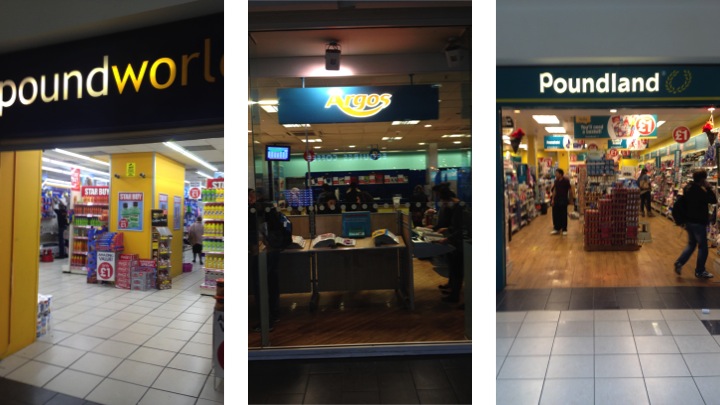Taking supermarket sociology (a bit) seriously
The British take their class system seriously: seriously enough to extend it to the humble grocer’s. This seriousness explains why a recent off-hand (but ill-considered) comment from David Cameron on the verbosity of Waitrose customers provoked a storm of controversy—albeit a storm in a tasteful white Portmeirion teacup. He said:
I shop at various different supermarkets. I’m going to be honest with you. When I’m at home in the constituency I go to Sainsbury’s in Chipping Norton, because there isn’t a Waitrose. When I’m having a day in the central town in my constituency I go to Waitrose in Witney. In London, as I’ve said, it’s Ocado delivered, after it’s got through all the security.
I have got an interesting piece of supermarket sociology for you, which is that there’s something about Waitrose customers—they are the most talkative. I find if I shop in Waitrose in Witney it takes me about twice as long, because everyone wants to stop you and have a chat, whereas in other supermarkets I find I can dart round very quickly. That’s something about your customers. They’re very talkative, engaged people.
I observe the socio-economic segmentation of supermarkets daily. My nearest tube station, Shepherd’s Bush, is equidistant from a Waitrose and a Morrisons.
Morrisons is like a supermarket of the 1990s: crowded, badly lit, slightly odiferous, but nonetheless my go-to for junk food. It is located in the West 12 shopping centre, which was no doubt the last word on retail in the Bush until 2008, when Westfield bulldozed swathes of White City to build a megamall, in what is best seen as high-concept performance art celebrating the centenary of Australia’s 32-3 victory over Great Britain in the 1908 Olympic Rugby Union gold medal match (also at White City). But I digress.
Westfield brought with it a new grocer-champion. Clean, modern, spacious and olfactorily unimposing, Waitrose is stocked with products like “carmargue rice” and “essential broccoli florets”. Because sometimes whole broccoli just won’t do.
These are the retail neighbours of Waitrose:
And these are Morrisons’ co-tenants:
The bottom line: whether your turn left or right out of Shepherd’s Bush tube for your shopping is as good a reflection of your socioeconomic status as any of the official measures. David Cameron inadvertantly struck this nerve, the just-below-the-surface class consciousness that pervades British society. “Elitism!” cried Labour politicians and Guardian columnists, licking the carmargue rice and fleur de sel from their lips as they gleefully dissected his gaffe.
Politics aside, Cameron’s inference was badly flawed. Customers of Waitrose are almost certainly not more ‘talkative, engaged people’: they’re just more Conservative. Ignoring that you’re, say, the Conservative Prime Minister, in this situation, is a rather egregious example of experimenter bias, an oversight not at all worthy of the kind of ‘supermarket sociology’ to which Cameron aspires.
No, if you want to do supermarket sociology, I thought, you should do it properly. If England is, as Napoleon would have it, a land of shopkeepers, then what can we learn from her shops—through careful compilation of data, rigorous analysis, and just a touch of design kitsch?
Quite a bit it turns out, so in honour of the new season of Game of Thrones, I now present the Warring States of the British Aisles. This map colours Great Britain (the Westminster Constituencies, in fact) by local variations in major supermarkets’ market shares.
It does not show market share itself—that map would be virtually all Tesco, as you can see to the below right.

Instead I coloured it to reflect local variations in market share: for each constituency, the chain whose market share most exceeds its national market share wins, and the area is coloured accordingly.
There are two main assumptions behind this: the first is a bit of educated guesswork on the retail areas of various supermarket formats (local, superstore, extra, etc.); the second is that turnover scales with retail area. Both assumptions introduce error, but I doubt it’s too serious.
Finally, for everything you ever wanted to know about supermarkets in the UK, much you didn’t, and a few things you’ll desperately wish you could forget, I enthusiastically recommend the Competition Commission’s 2008 report into the groceries market.
As a postscript, it’s worth noting that Australia doesn’t really have this supermarket segregation, that I’m aware of, but it’s not so much because of our much-vaunted ‘classless society’ as it is that the top two chains have around 80% market share together, leaving little room for differentiation.



Add comment
Comments are moderated and will not appear immediately.